The content of this article is from a speech entitled The Way to Realize Efficient O&M and Cost Analysis for Resources by Lin Xiaoping (Alibaba Cloud Elastic Computing Expert). This article is divided into five parts:
As enterprises are enjoying the increasingly mature IT capabilities and the continuously expanding scale of cloud resources, enterprises need flexible, fast, and convenient resource management methods to cope with the ever-growing cloud resources and the frequently changing business scenarios.
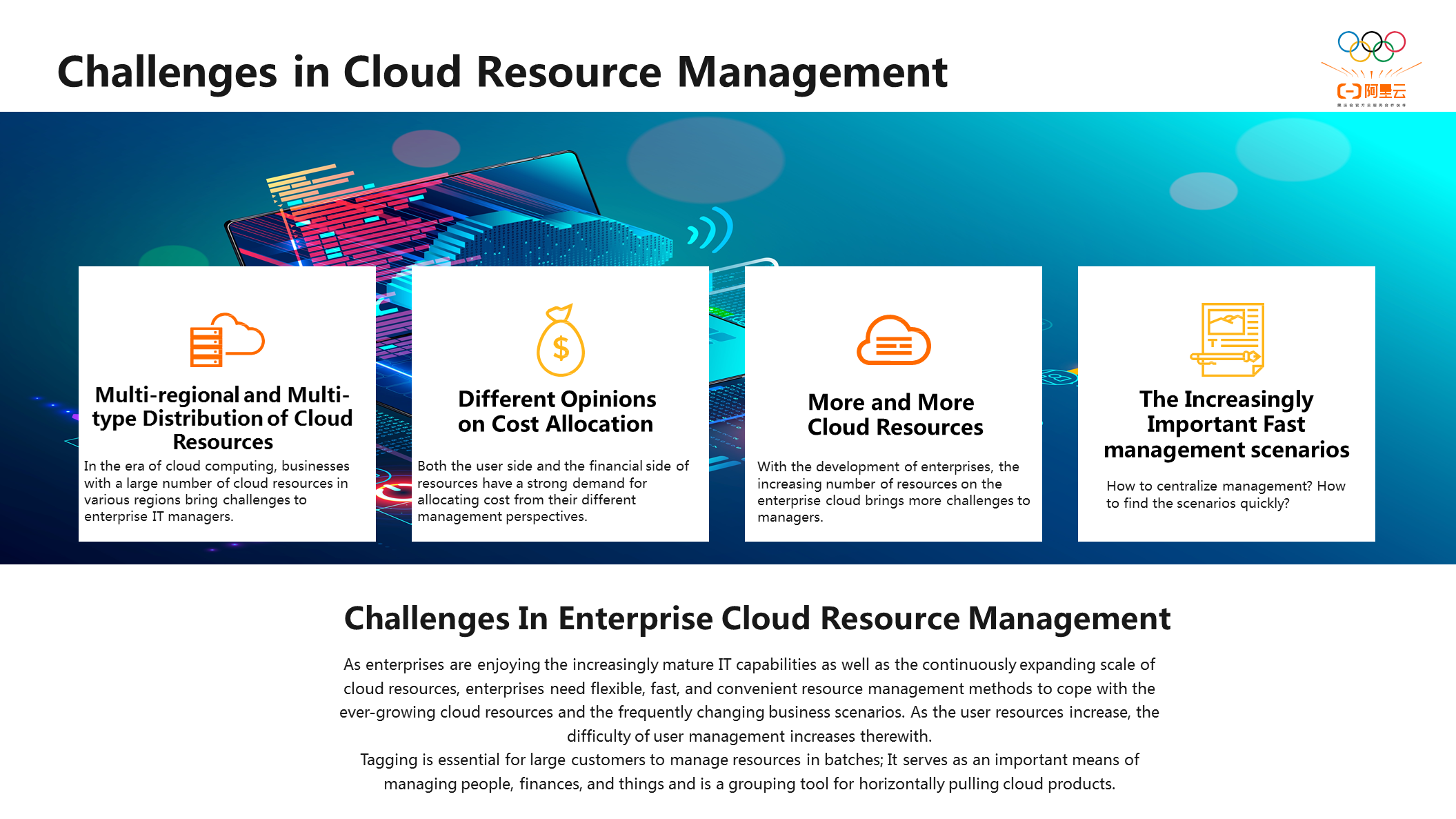
With the development of enterprises, the number of cloud resources in enterprises continues to increase. Cloud resources of multiple types are distributed in multiple regions, and the opinions on cost allocation are differentiated. This makes rapid management scenarios more important. Tagging is essential for large customers to manage resources in batches. It serves as an important means of managing people, finances, and things and is a grouping tool for horizontally pulling cloud products.
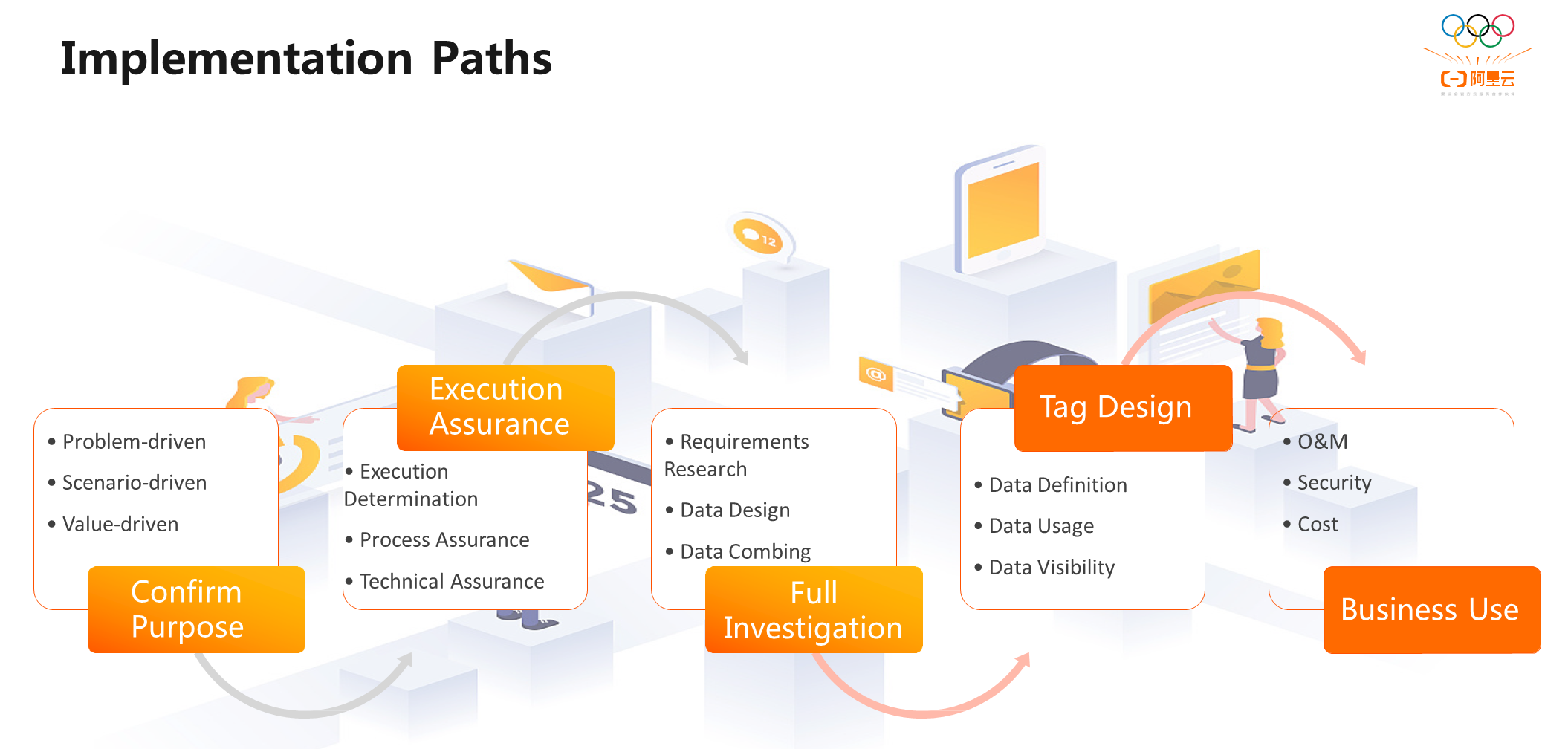
The preceding figure shows the logical path to achieve efficient resource management. When an enterprise needs to find a batch of problematic resources quickly, it can use tags to temporarily mark these resources.
Enterprises need to determine the purpose of resource O&M based on problems, scenarios, and values. The process and technology are used as the execution guarantee, and demand research, data design, and combing are all involved. According to the research results, the relevant tags are designed to determine the direction of data use and the visual range of the data.
In terms of business use, enterprises need to focus on the O&M path of resources, ensure information security, and keep the O&M costs within a reasonable range.
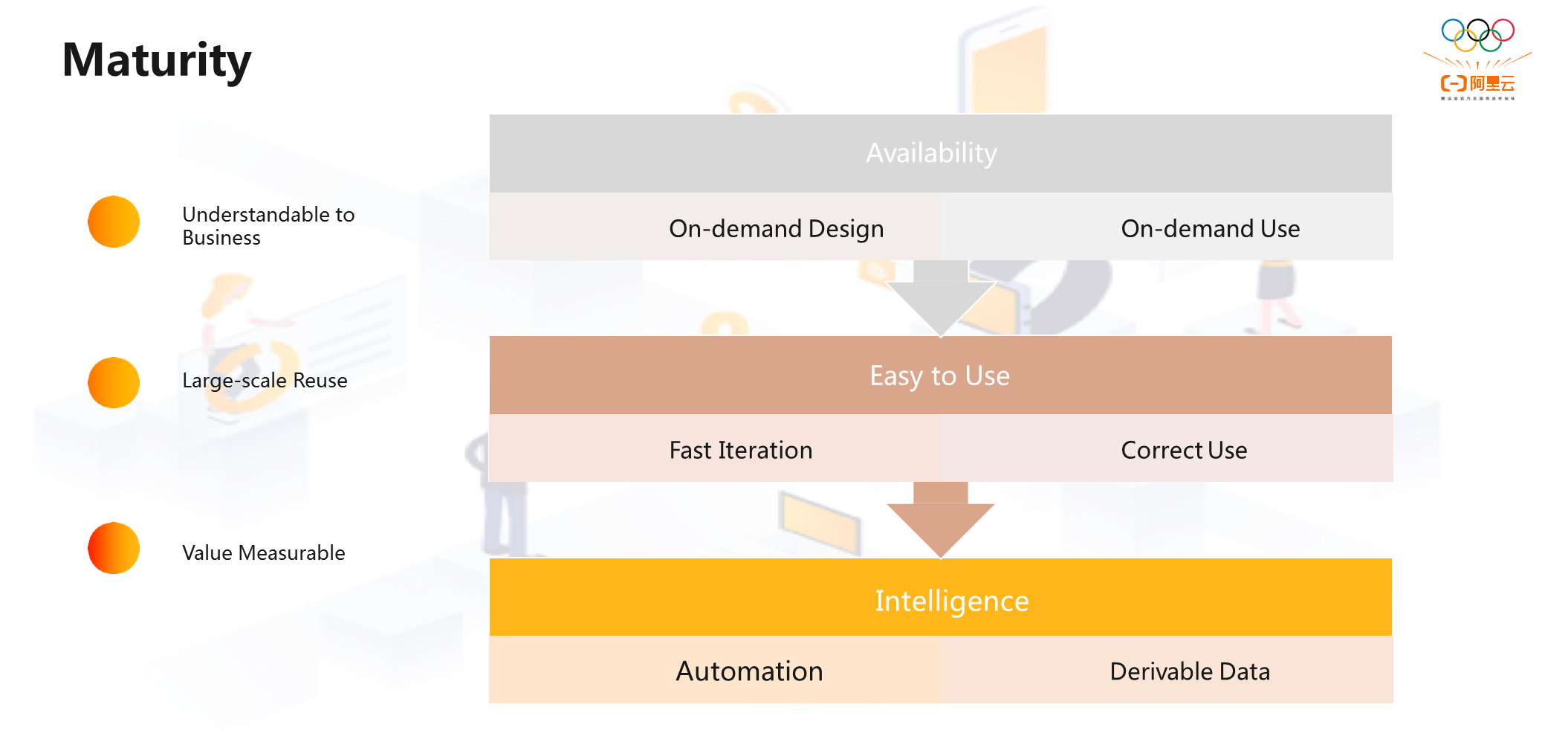
The use of cloud tags is divided into three stages:
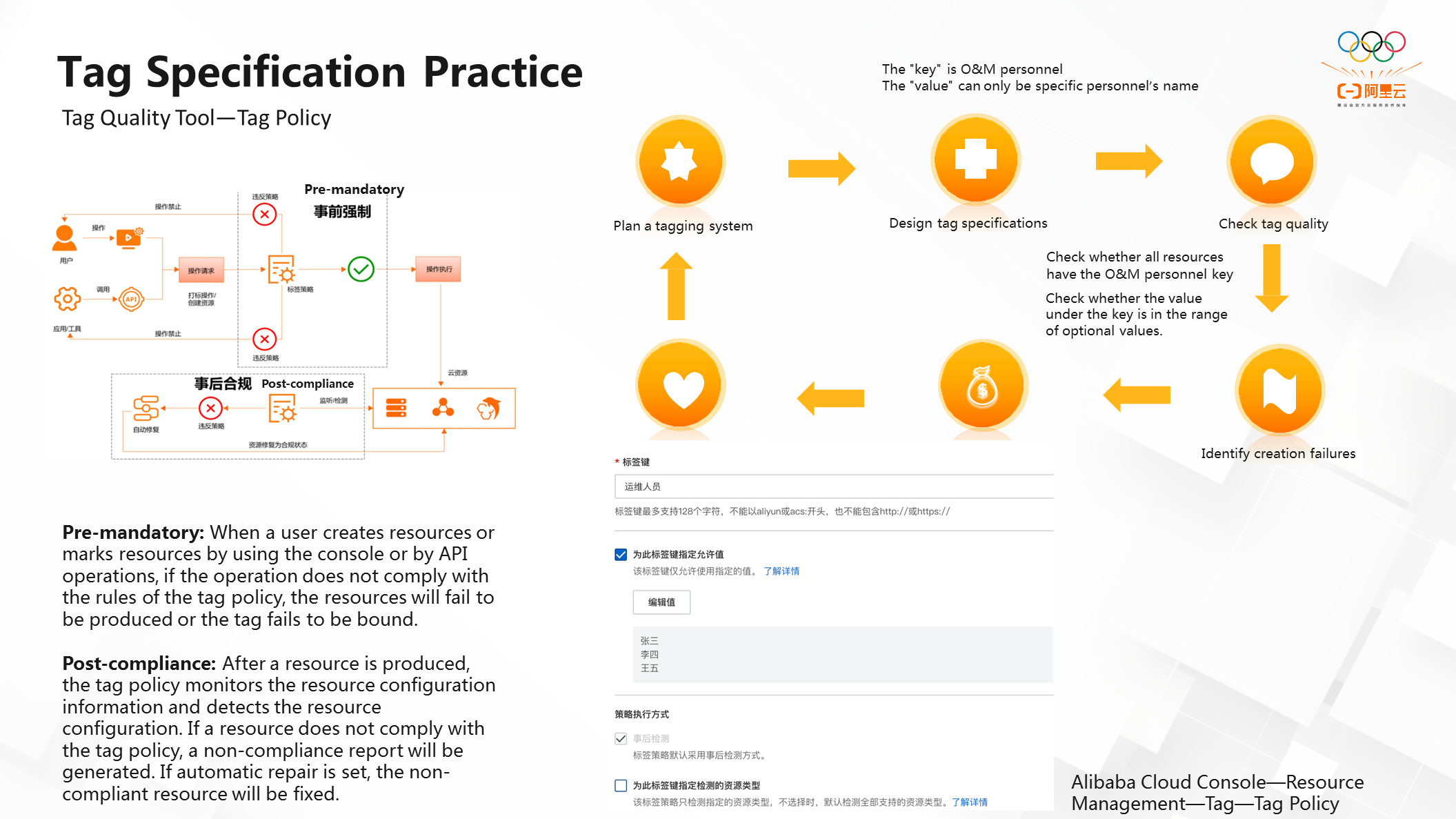
This aims to help users achieve efficient O&M of resources and make tags more standardized. Currently, the tag policy function of Alibaba Cloud is available for free.
When users create or tag resources using the console or API operations, resources will fail to be produced, or tags will fail to be bound if the operation does not comply with the rules of the tag policy.
After a resource is produced, the tag policy monitors the resource configuration information and detects the resource on time. If a resource does not meet the specifications of the tag policy, a non-compliance report will be generated. If automatic repair is set, the non-compliant resource will be fixed.
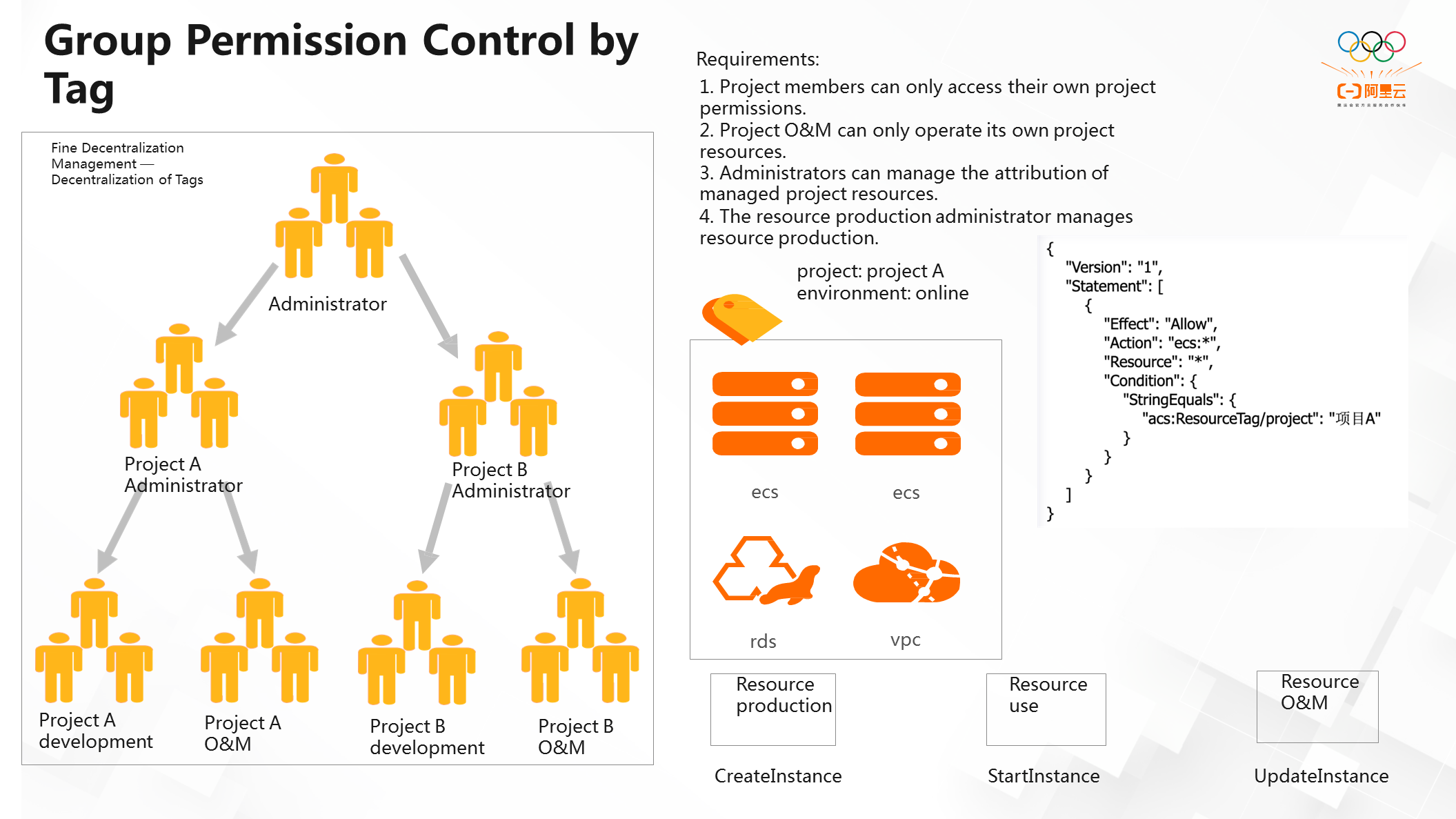
Tags can perform resource O&M and fine-grained permission management. For enterprise project developers, users can give different permissions according to different identities.
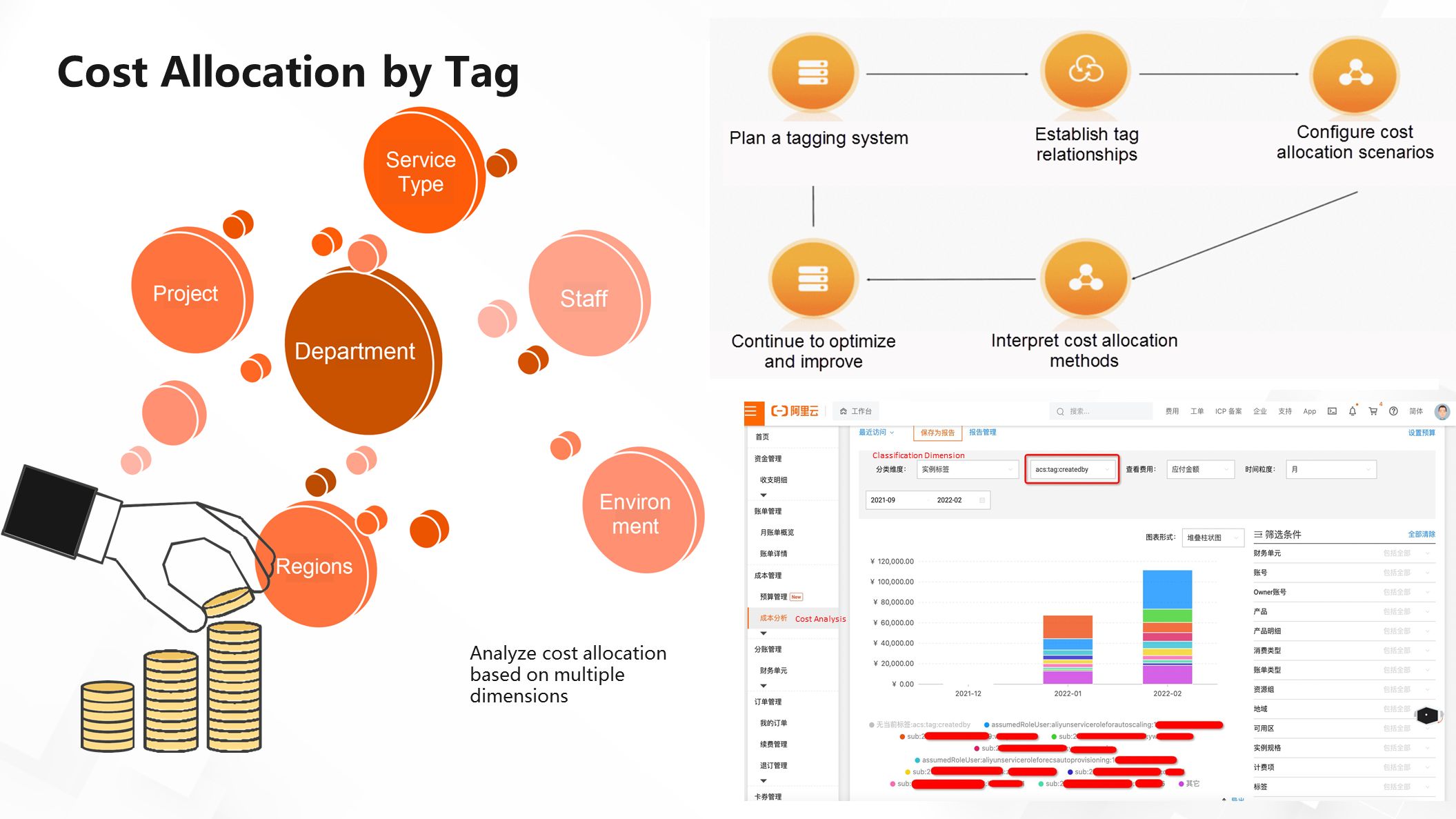
In addition, enterprises can use tags to view the allocation of resource costs from multiple dimensions for cost optimization.
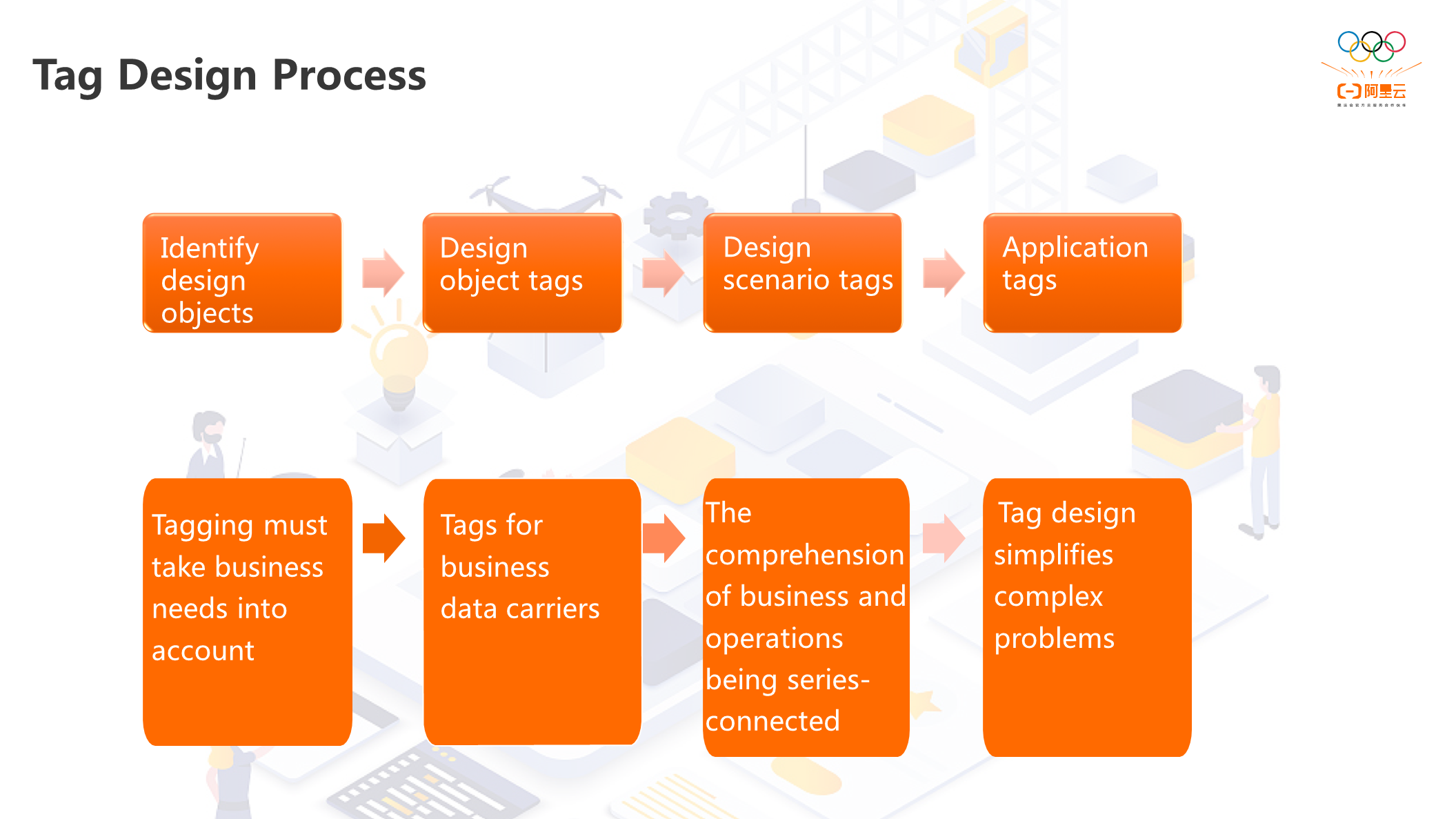
Tags must consider business requirements and use business data as a carrier. Business and related operations are series-connected to simplify complex issues. The tag design of an enterprise needs to identify the design object followed by design object tags, scenario tags, and application tags.
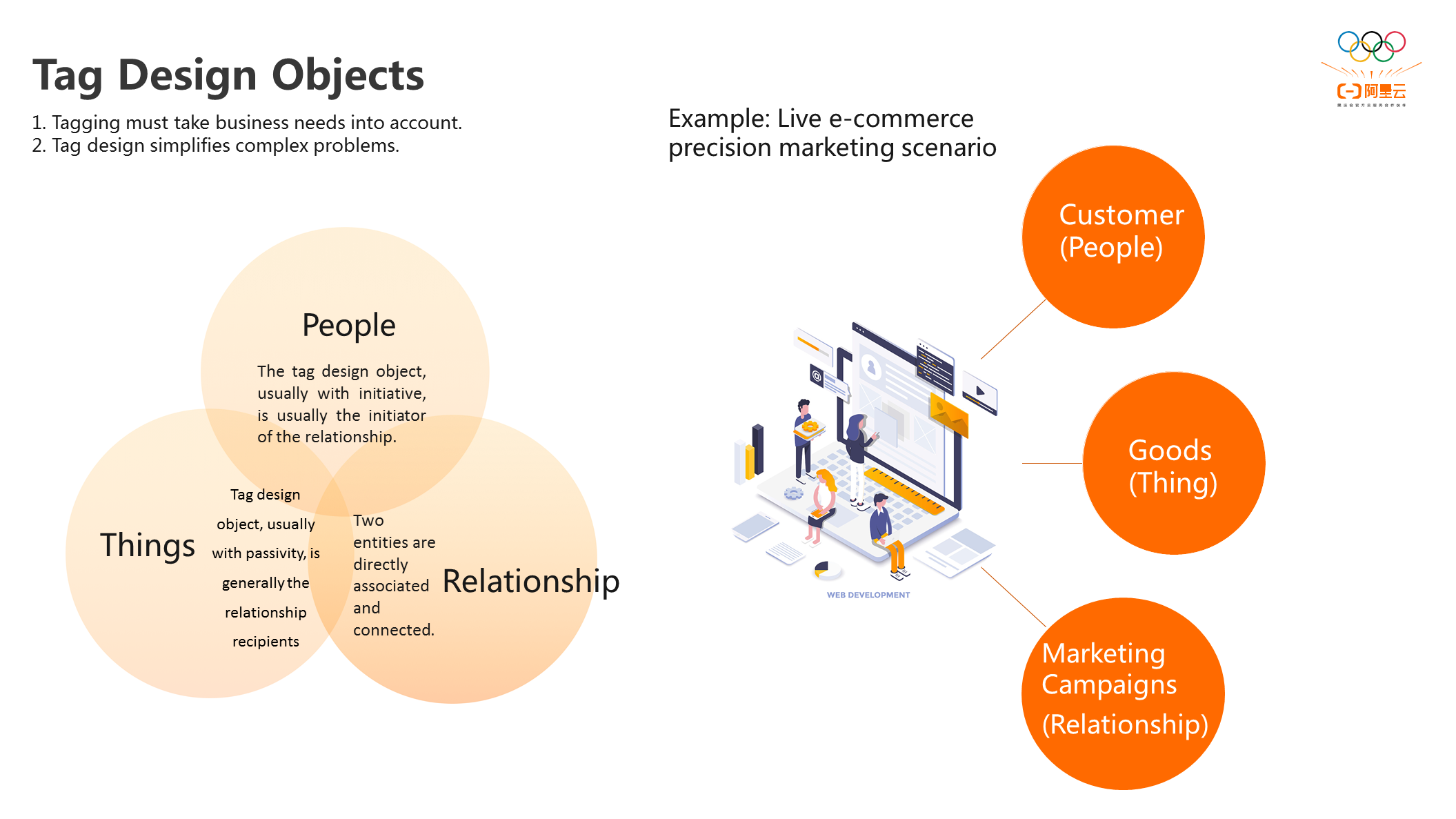
Enterprises must consider actual business needs for tag design to simplify complex problems.
The design object of the tag generally includes people, things, and the relationship between the two. Among them, the people usually take the initiative.
Meanwhile, the things are passive and are usually the recipient of the relationship. The relationship between the two reflects the direct correlation and connection of the two entities.
Take the live e-commerce precision marketing scenario as an example. Marketing activities indicate the relationship between customers and products. Among them, the customer is the initiator of the relationship and has a certain degree of initiative. The commodity, as the recipient of this relationship, has a certain degree of passivity. This means users can simplify complex marketing issues through tags.
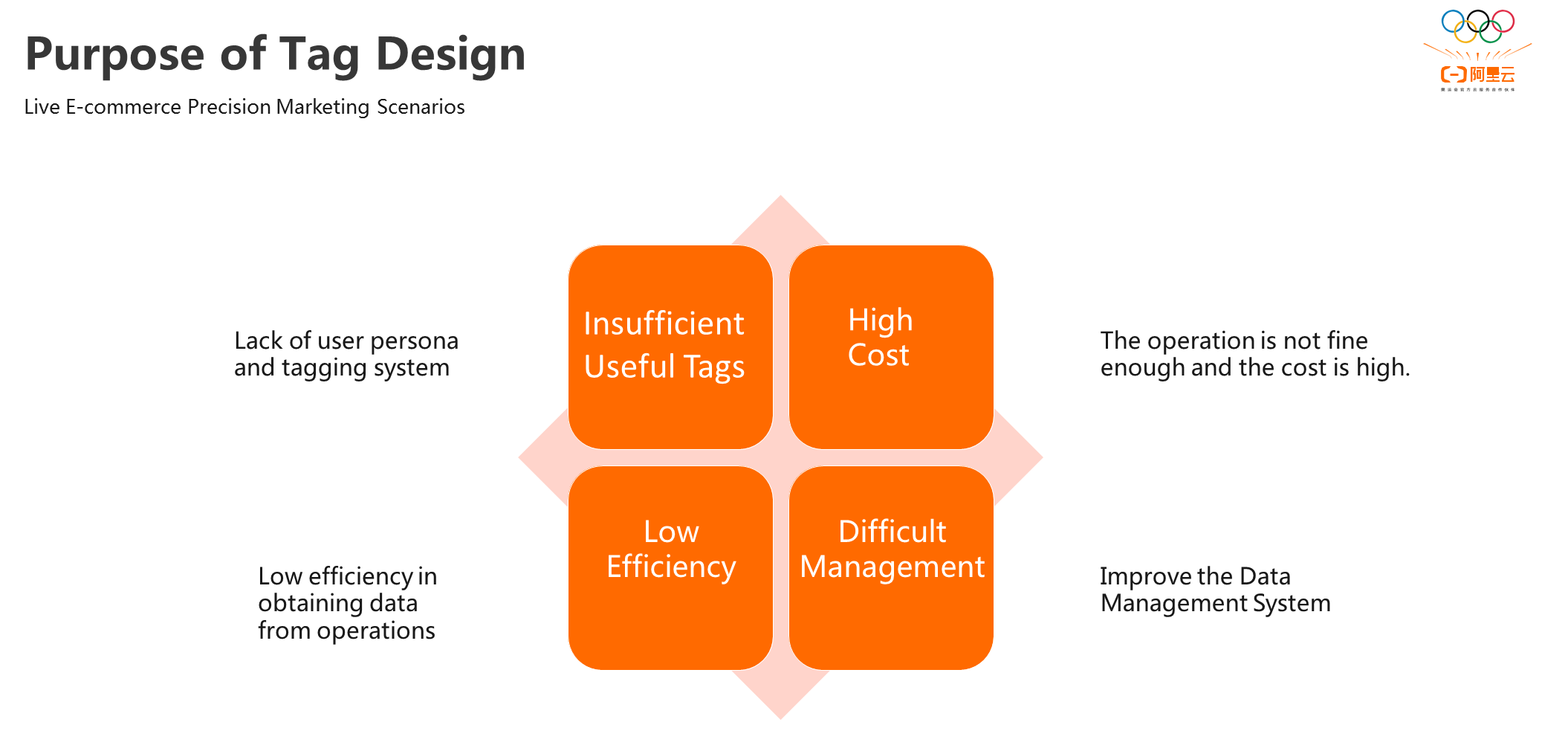
Tag design can quickly improve the enterprise's data management system to help solve the problems of enterprises, such as lack of user persona and tagging system, extensive operation, high operation cost, and low efficiency of operation data acquisition. This way, complex business problems could be simplified to solve practical problems.
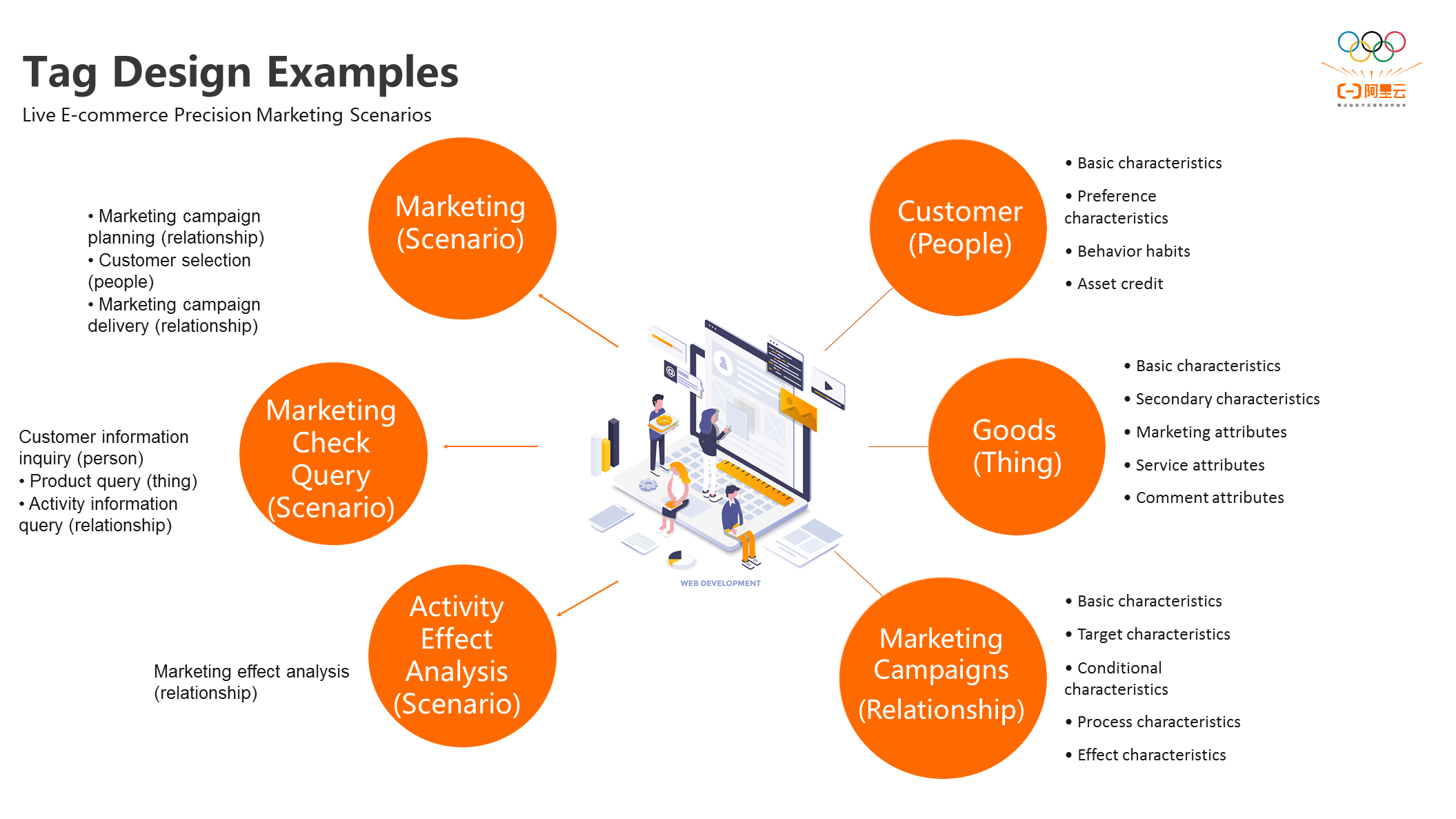
As shown in the preceding figure, in the live e-commerce precision marketing scenario, the tag design for customers can be based on its basic characteristics, preference characteristics, behavior habits, and asset credit.
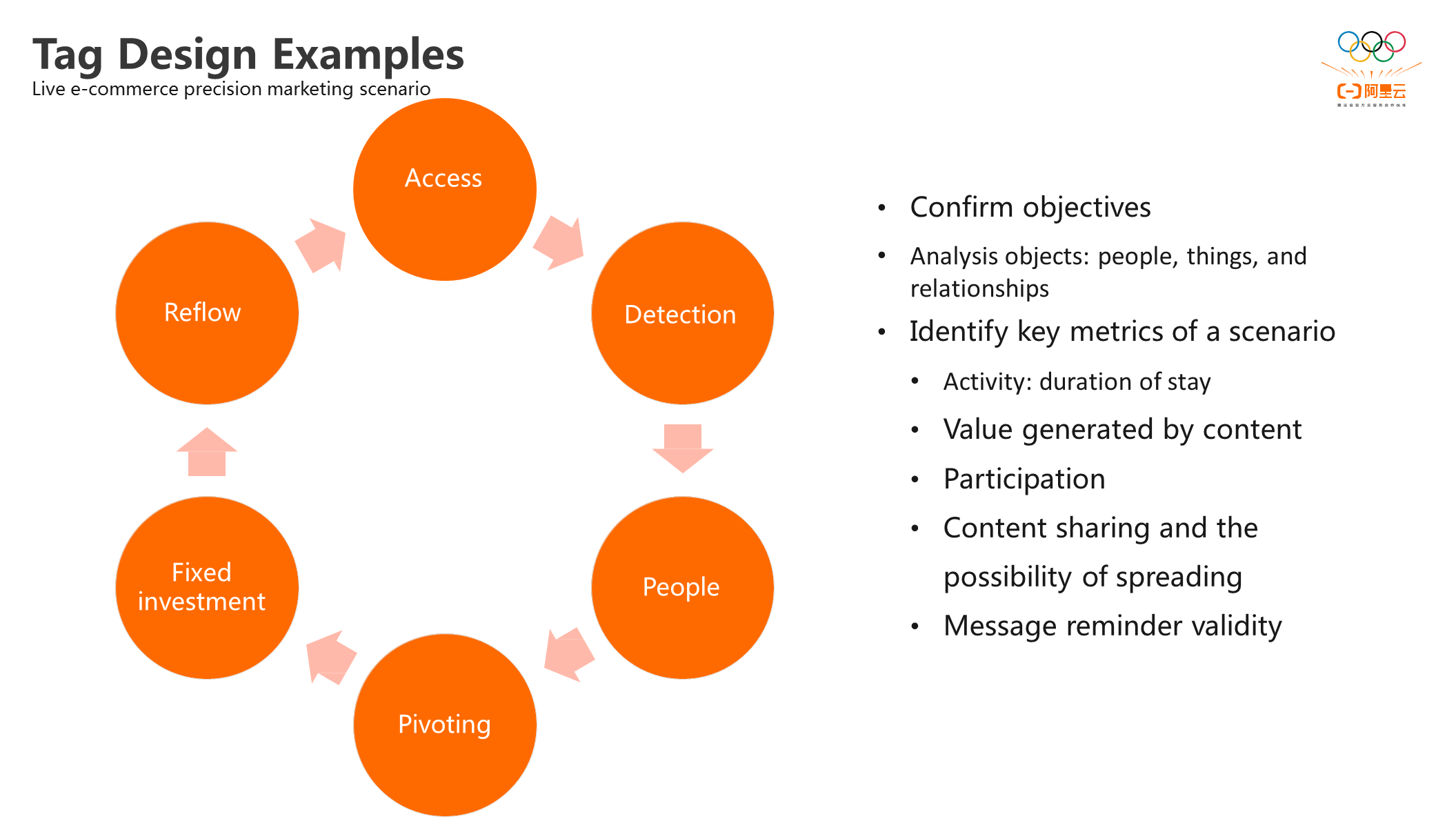
In the process of tag design, it is necessary to confirm the target and analyze the object, which is the people-thing relationship. Then, identify the relevant indicators of the scenario (such as the activity of the customer, the value generated by the product content, the customer's participation, and the validity of the message reminder).
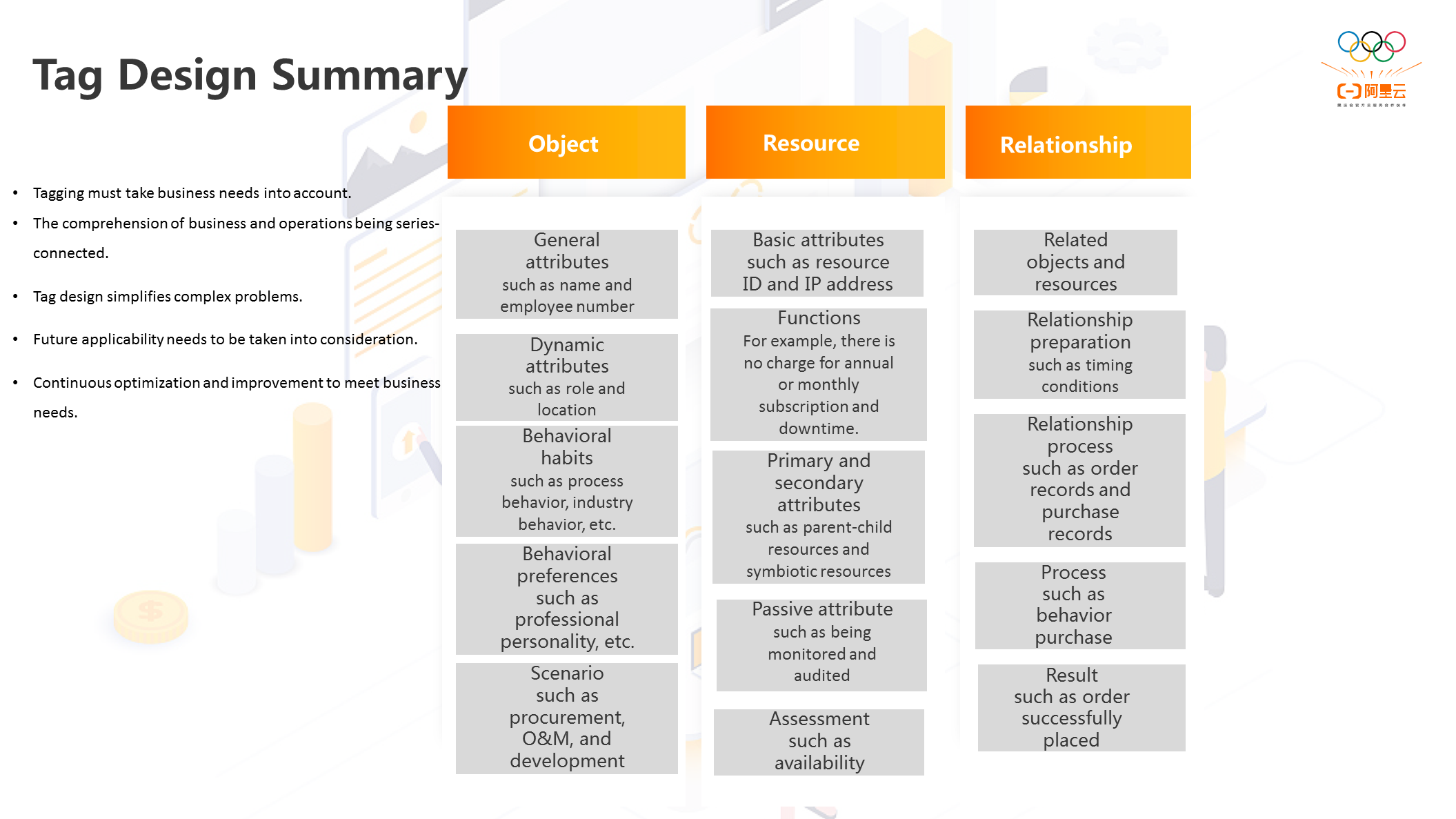
In summary, enterprises need information about objects, resources, and relationships from multiple dimensions in tag design.
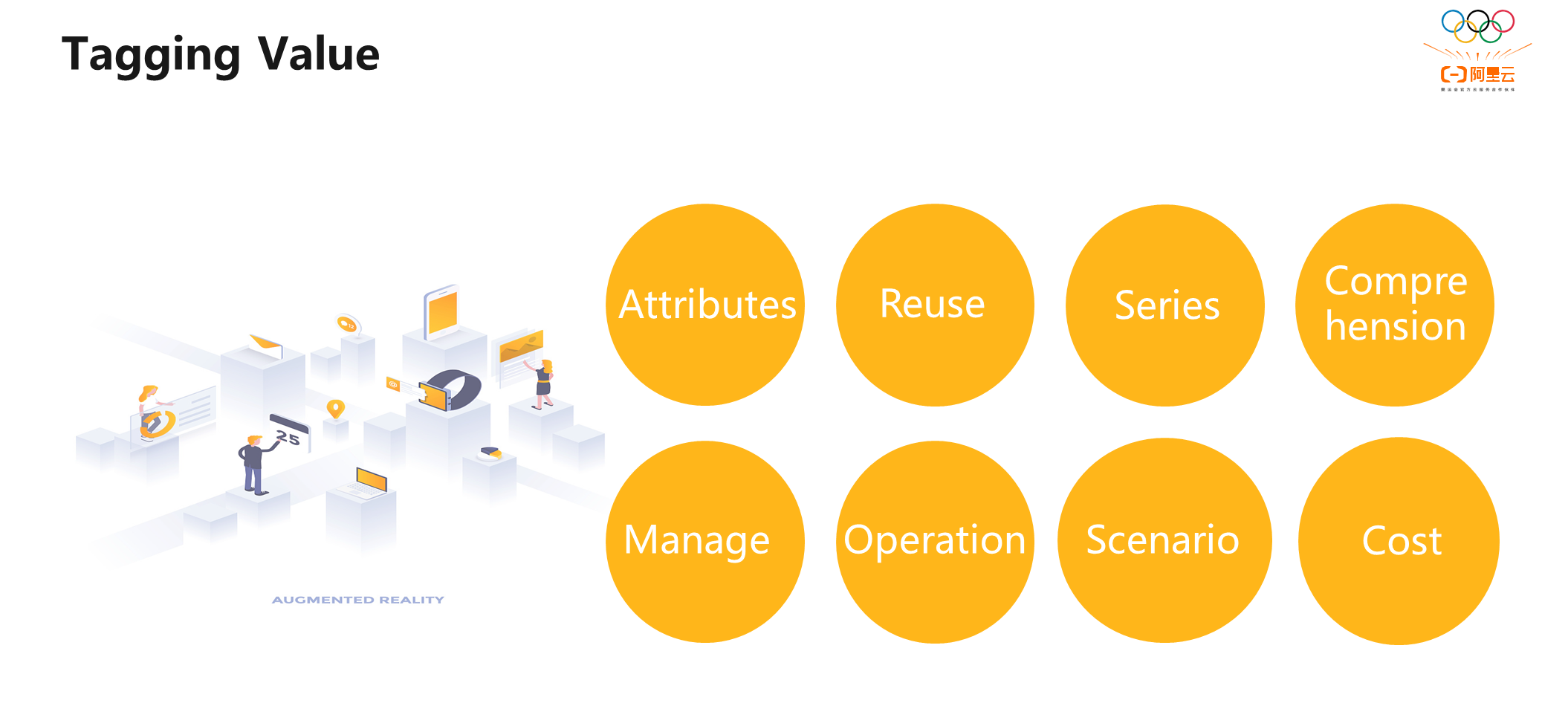
The common resource information includes the resource ID, IP address, whether the resource function is an annual or monthly subscription, and whether it is audited. All the information adds up together to evaluate whether the resource is available.
The relationship information includes related objects, related resource relationships, preparation timing conditions, and purchase behaviors.
Q1: In the process of tag design, will a large amount of decomposition of people-thing relationships reduce work efficiency?
A1: Tag design features design on-demand and use on-demand. Over-design should be forbidden. Enterprises need to analyze problems according to their business development.
Q2: Before doing the project, are the attributes of people and things preset in advance in a specific scenario?
A2: Whether a preset scenario is required when you use a project depends on the complexity of the project. If the complexity of the project is low, no preset scenario is required.
Build Low-Cost and High-Elasticity Cloud Applications Quickly

1,304 posts | 461 followers
FollowAlibaba Cloud Native Community - April 23, 2023
Alibaba EMR - June 8, 2021
ApsaraDB - July 8, 2020
Alibaba Cloud Native - June 24, 2022
Alibaba Cloud New Products - January 19, 2021
Alibaba Clouder - August 12, 2021

1,304 posts | 461 followers
Follow ECS(Elastic Compute Service)
ECS(Elastic Compute Service)
Elastic and secure virtual cloud servers to cater all your cloud hosting needs.
Learn More Elastic High Performance Computing Solution
Elastic High Performance Computing Solution
High Performance Computing (HPC) and AI technology helps scientific research institutions to perform viral gene sequencing, conduct new drug research and development, and shorten the research and development cycle.
Learn More Function Compute
Function Compute
Alibaba Cloud Function Compute is a fully-managed event-driven compute service. It allows you to focus on writing and uploading code without the need to manage infrastructure such as servers.
Learn More Elastic High Performance Computing
Elastic High Performance Computing
A HPCaaS cloud platform providing an all-in-one high-performance public computing service
Learn MoreMore Posts by Alibaba Cloud Community